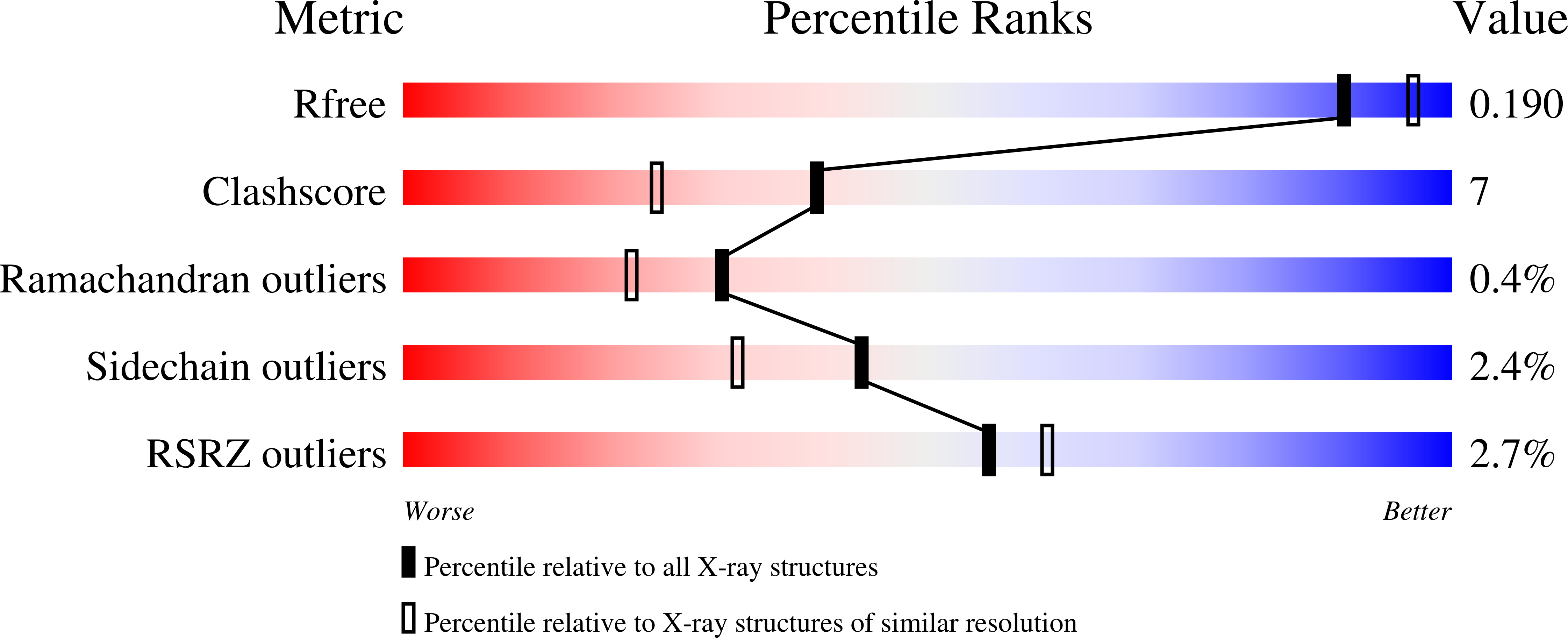
Deposition Date
2023-08-29
Release Date
2024-09-04
Last Version Date
2024-09-04
Method Details:
Experimental Method:
Resolution:
1.93 Å
R-Value Free:
0.19
R-Value Work:
0.17
R-Value Observed:
0.17
Space Group:
C 2 2 21


